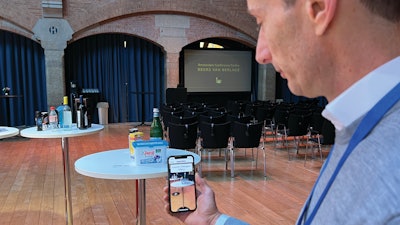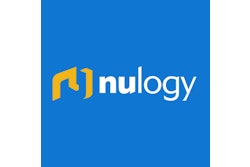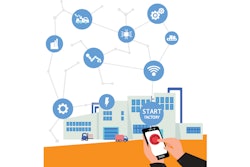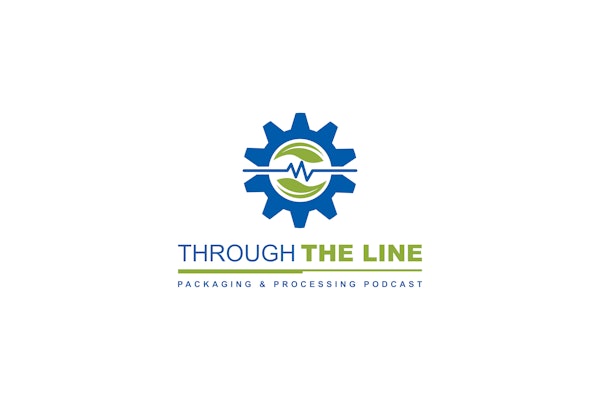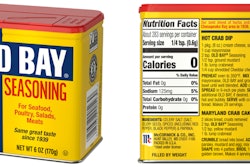At the AIPIA (Smart Packaging Association) held in November 2022, the supplier exhibitor Zappar debuted a quite different execution of connected packaging alongside the company’s usual AR fare. In June, Zappar unveiled what it calls Zapvision, a new scanning technology. It builds upon a standard QR code to enable scanning from a distance and to deliver relevant and personalized content that adapts to smartphone accessibility settings (for partially sighted or nearly blind people). The scanning tech uses a “D3 QR code” (named D3 for its “dot-dot-dash” pattern placed around the corner of a standard QR code).
A D3 QR code (patent pending) printed at 15 mm in size on a pack can be detected at over five times the distance (115 cm) of a normal QR code, when scanned through an app featuring Zappar’s free software developement kit (SDK) on a smartphone. The company says brands can easily and affordably implement this D3 QR code on packaging, at scale, without having to create any new code scheme, use up any additional on-pack space, or introduce new printing processes. That means it is easy for brands to implement while also making it easier for partially sighted customers to find their products, either in-store or on the shelf at home, and instantly access the product information they need.
According to Zappar, “There are currently 285 million people in the world with visual impairment and 39 million registered as blind. Two billion people globally wear corrective glasses. For many, the simple task of identifying products on a shelf and accessing relevant product information is a daily challenge. We believe through a simple technology solution we can help make that a problem of the past. Zapvision’s mission is to provide access to relevant product information to everyone as a basic right, regardless of their visual acuity. We want to remove any barriers for brand owners, retailers, and large corporations to implement this solution on their products, packaging, and signage by providing them with a scalable and cost-effective solution that can benefit the blind and partially sighted community.” PW
